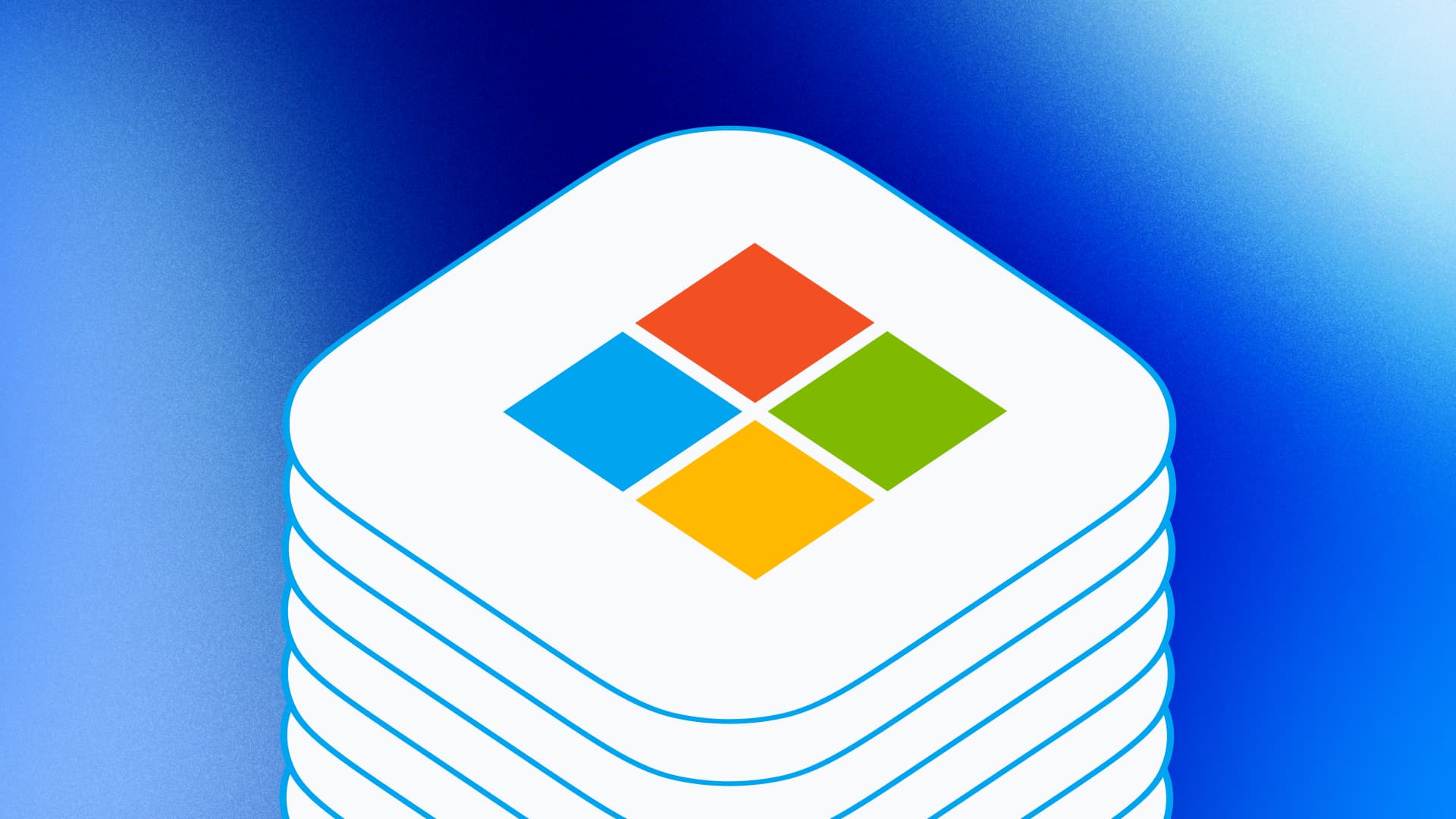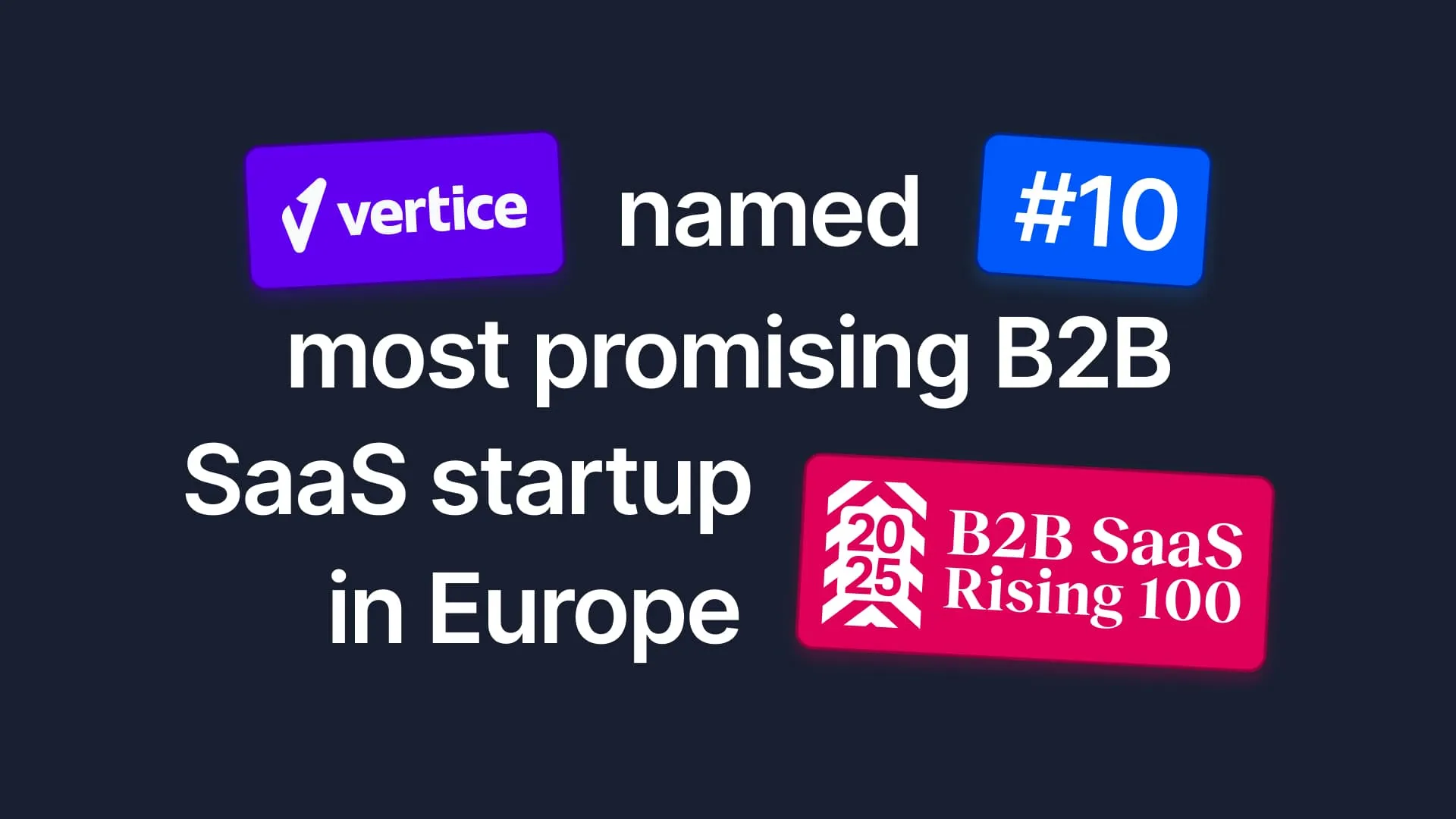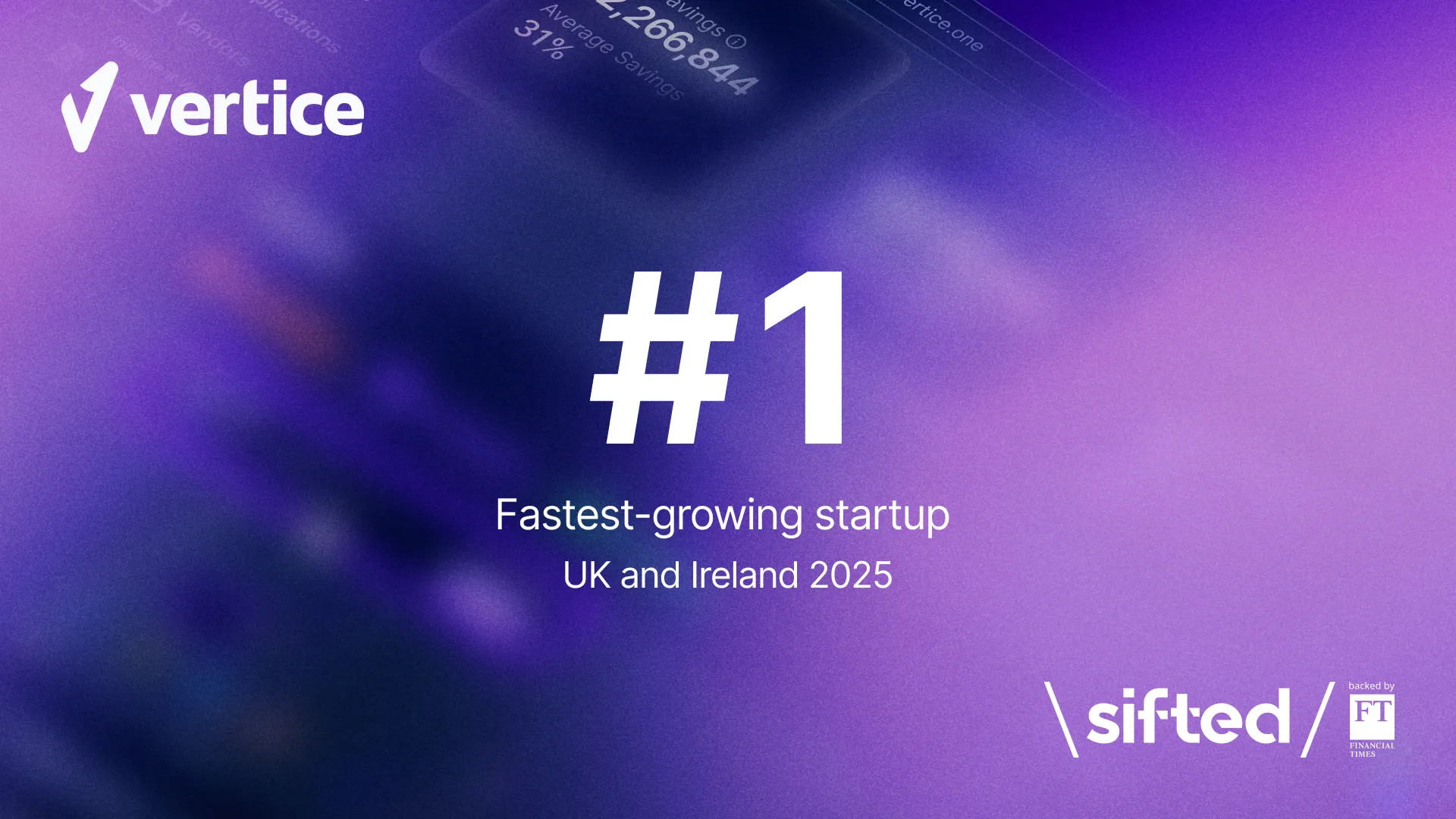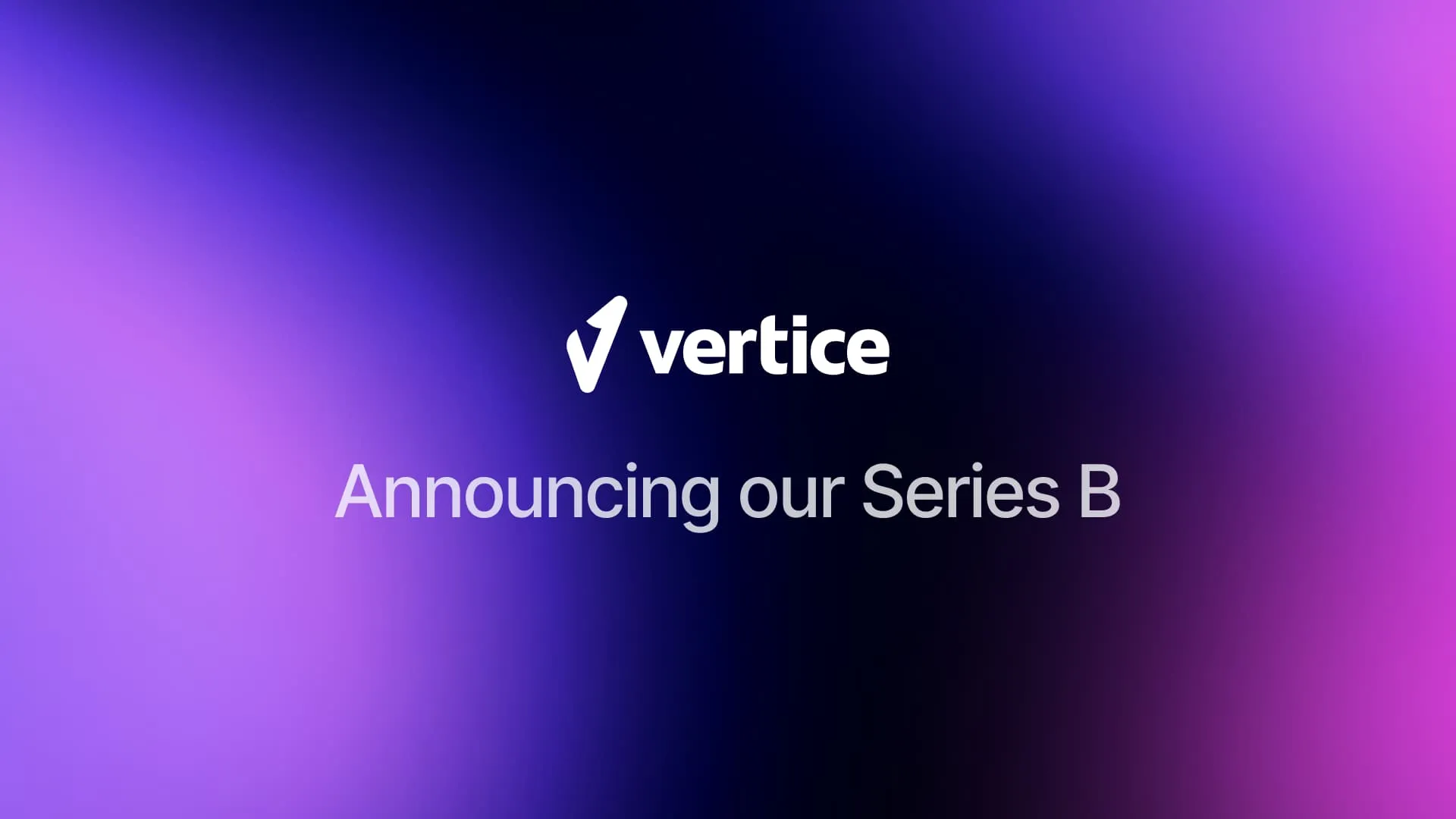5 Key Software Trends for Procurement and Finance Leaders - Q4, 2025




Take a self-guided tour of the platform.
See why Vertice is trusted by top procurement leaders.



Recent price and market changes seem to have signalled how software vendors will conduct business going forward.
Here are the 5 latest key market trends you need to know.
1. The Death of Volume-Based Discounts
The traditional model of purchasing a greater volume of seats to automatically unlock lower per-user pricing is disappearing, particularly among enterprise vendors.
Example
Microsoft is notably removing "waterfall pricing" - volume-based discounts - for its Online Services in Enterprise Agreements (EA) and Microsoft Product and Services Agreements (MPSA) starting November 1, 2025. All customers will pay a standardized price regardless of their seat count.
We’ve covered this in more detail here.
The Impact
Large enterprise buyers must now shift their focus from seat discounts to other levers. Multi-year agreements and bundling with other services could now become the primary ways to lock in value and mitigate cost increases.
On top of this is the advance of AI, and its effect on pricing models, contract structures and usage practices. Vendors that are monetizing AI are in many cases shifting towards outcome-based pricing models, which risk being unpredictable and spiralling if not safeguarded with specific usage clauses and risk mitigations.
Check out our report on Buying AI for the full rundown and answers.
2. Mandatory Multi-Year Commitment for Value
In the last few months, we have noticed many vendors will only give meaningful concessions in exchange for longer contract terms - typically 24 or 36 months.
Indeed, for some vendors, flat renewals on a one-year term are particularly rare - with some only allowing one-year term renewals at list price.
The Impact
While committing for longer carries risk, if you can tolerate the extended term - which appears to be the ultimate priority for many vendors - the door is now open for substantial, valuable concessions. And you can mitigate the risk with auto-renewal removals and delayed payment start dates.
Check out the 20+ best concessions and risk mitigation tactics that vendors don’t want you to know about.
3. Non-Monetary Concessions Replace Deep Discounts
As list prices rise and deep percentage discounts become harder to obtain, vendors are substituting monetary savings with non-monetary, high-value services and product access.
Examples
Instead of a higher discount, strategic accounts are being offered sandbox refreshes, pilot environments, named support engineers, and early access to beta features.
The Impact
Procurement teams must work closely with their business and technical counterparts to quantify the value of these concessions to the business.
Question the vendor what the cost of buying a sandbox separately is. Ask the business what might be the ROI of having a named support engineer.
Your goal is to determine whether these "non-monetary" items can often deliver tangible operational savings, or are a diversionary tactic.
4. Bundling to Drive Strategic Product Adoption
Vendors are leveraging their core, established products to force adoption of newer, strategic, or high-growth modules, such as security, governance, and especially AI features. Discounts are now very often tied to taking a complete package.
The Impact
Buyers must be prepared to evaluate the full business case for the entire bundle, not just the single product they initially set out to buy. That said, strategic approaches to packaging - for example agreeing to AI features in a bundle deal, but delaying access and payment until the business will likely be ready to capitalize - can unlock discounts that simply aren't available for single-module purchases.
5. Increased Opacity in Usage-Based Pricing
Usage-based models, while promising flexibility, are creating cost unpredictability, which is a major concern for finance leaders responsible for budgeting.
Example
Credits-based usage models are becoming more and more popular, especially with AI-native vendors, but these can make it difficult to forecast costs versus traditional user-based agreements.
The Impact
To mitigate cost volatility, buyers must negotiate commercial safety nets. This includes securing a "growth pool" flexibility or volume reset clauses in renewals and demanding professional services credits or temporary overage forgiveness during large-scale rollouts.
Conclusion - lowest price doesn’t win anymore
The message is clear: the most successful negotiation outcomes in 2025 won't just be about the lowest price.
They will be defined by smart contract structuring, early engagement, and a focus on securing strategic terms and non-monetary value that minimizes risk and guarantees long-term ROI.
.webp)












